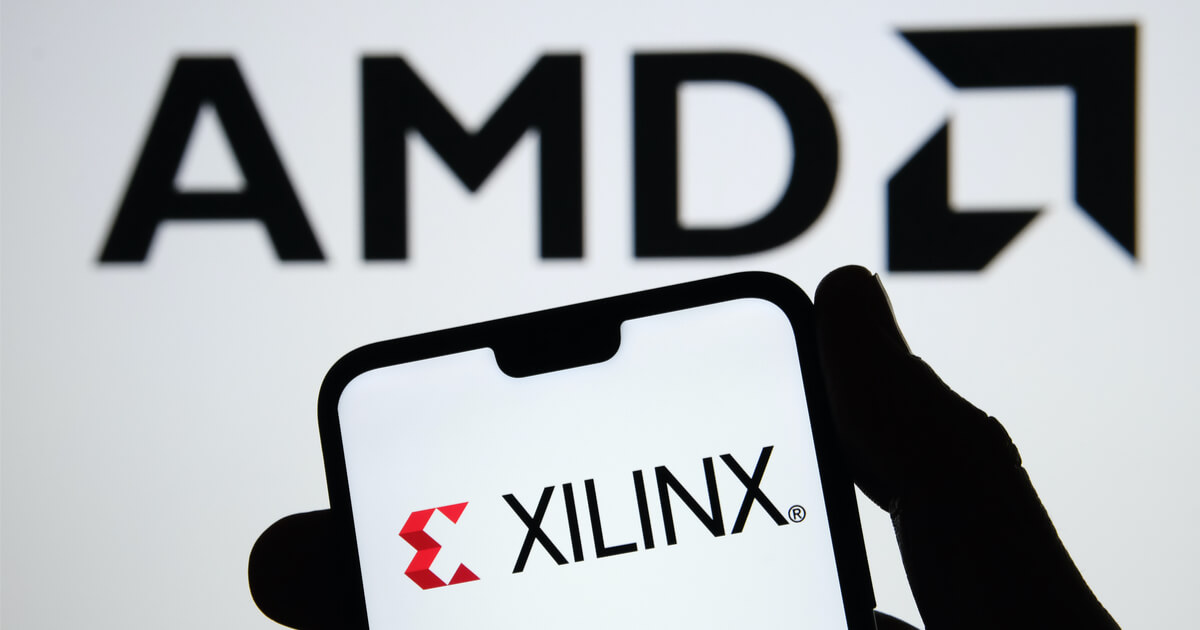
An opera-centric DAO is using NFTs to open up new funding avenues to classical musicians outside of the limiting legacy institutions.
The music industry has been a major adopter of Web3 integration, with use cases ranging from song rights to blockchain-based streaming to new forms of digital releases.
Genres like pop, EDM and hip hop have represented nonfungible tokens (NFTs) in the music industry so far. However, classical music, and specifically opera, just found its entrance.
Living Opera, a Web3 community that combines classical music with blockchain innovation, is turning to the emerging technology to give a new voice to the prestigious art and the artists who perform it.
Soula Parassidis, CEO of Living Opera, told Cointelegraph in an interview that the premiere Magic Mozart NFT collection is a way of introducing the innovative world of fintech to the traditional one of classical music and vice versa.
“We wanted it to be easy to understand, low risk, and a way for people to feel comfortable.”
Parassidis explains that these NFTs pay tribute to the concept of the “musikalisches würfelspiele,” a dice game to randomly generate music from precomposed options. This is one of the earliest examples of generative art and is allegedly attributed to Mozart.
Musicians have used NFTs for extra revenues and fan incentives, like Grimes’ $5.8 million digital asset project. For classical music, this could mean a completely new life and a step into relevancy for the next generation.
A survey from the National Endowment for the Arts found that the percentage of adults in the United States who attend at least one opera a year dropped from an already low 3.2% in 2002 to 2.2% in 2017.
The pandemic escalated this by shuttering classical venues and opera houses all over the world. One of the world’s premiere opera houses, the Metropolitan Opera, reported that in July 2021 it was down $25 million in revenue from the previous year.
Related: Experts explain how music NFTs will enhance the connection between creators and fans
Christos Makridis, chief operating off of Living Opera, told Cointelegraph that NFTs open a new way for classical artists and opera singers to bypass the traditional proposal process for grants and endowments.
“Blockchain-based digital assets remove traditional barriers, the proposals, artist grants, etc. so that artists can connect directly with philanthropists and remove a lot of that administrative expenses.”
Makridis says that NFTs give artists in this genre access to “short-term liquidity” that had no existed before.
Some classical artists have dabbled in personal NFTs, such as New Zealand composer Matthew Thomas Soong or American composer poser Cristina Spinei.
In 2021, the Dallas Symphony Orchestra was one of the earliest pioneers of classical music NFTs. The orchestra released an NFT as a fundraiser for musicians affected by the Met Opera’s pandemic-related paycheck suspension.
The DAO-like structure of Living Opera opens up micro-philanthropy for artists involved and their projects. Parassidis highlighted the rarity of such innovation in a very traditional industry and called NFTs a catalyst for socio-cultural change.
“They can be used as a mechanism to draw attention to voices, art forms, causes that really need more visibility.”
Both Parassidis and Makridis say this technology can help excite young people to engage with the art form and allow long-term fans new engagement possibilities.

You can get bonuses upto $100 FREE BONUS when you:
💰 Install these recommended apps:
💲 SocialGood - 100% Crypto Back on Everyday Shopping
💲 xPortal - The DeFi For The Next Billion
💲 CryptoTab Browser - Lightweight, fast, and ready to mine!
💰 Register on these recommended exchanges:
🟡 Binance🟡 Bitfinex🟡 Bitmart🟡 Bittrex🟡 Bitget
🟡 CoinEx🟡 Crypto.com🟡 Gate.io🟡 Huobi🟡 Kucoin.




















Comments